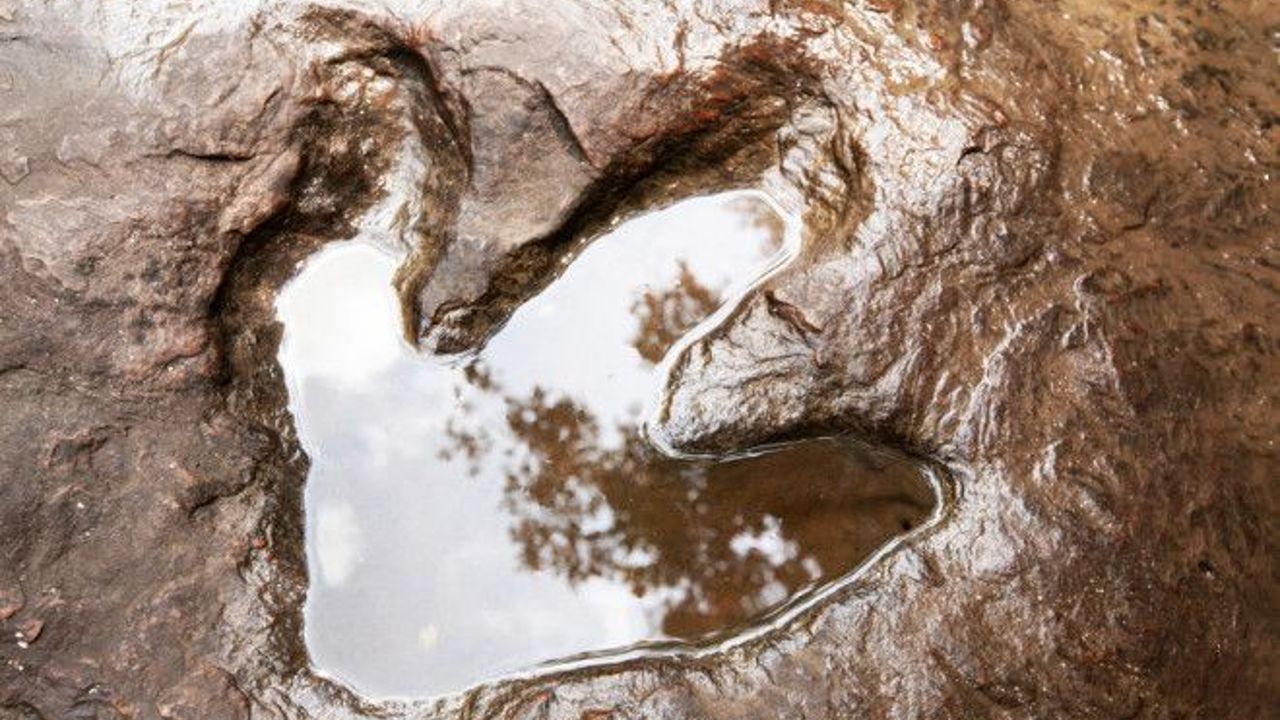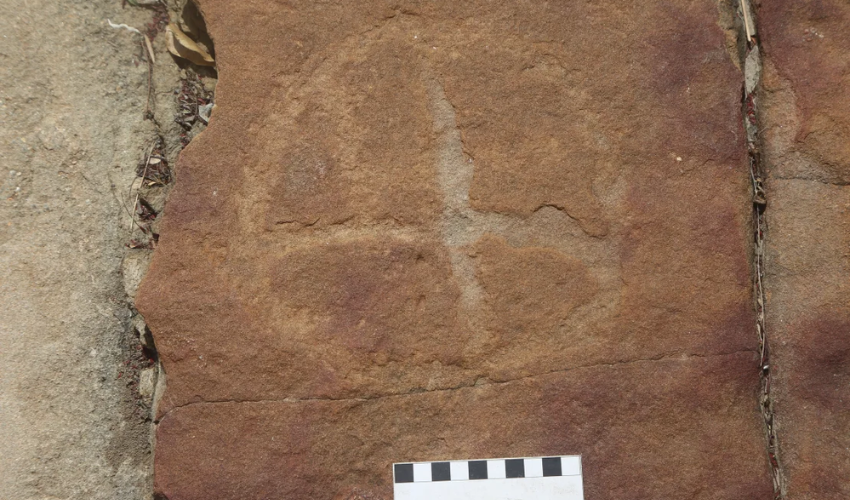Ancient humans' curiosity about dinosaurs discovered in Brazil
Recent archaeological discoveries in Brazil link ancient human-created rock art with dinosaur footprints, suggesting deep cultural significance, understanding of these prehistoric traces

Recent findings in Brazil have unveiled an intriguing connection between ancient humans and dinosaur footprints, offering new insights into the prehistoric interactions with the fossil record.
At the Serrote do Letreiro site in Paraiba, a state known for its rich agricultural heritage, researchers have unearthed petroglyphs adjacent to fossilized dinosaur tracks, suggesting a deliberate cultural engagement with these ancient relics.

Leonardo Troiano, a coauthor of the study and an archaeologist at the Institute of National Historic and Artistic Heritage in Brasilia, emphasizes the significance of these findings.
"People usually think that Indigenous people weren't aware of their surroundings or didn't have any kind of scientific spirit or curiosity," Troiano explained. "But that's not true. It's very clear they were interested in the footprints. We'll never know if they knew about dinosaurs, but it is clear that they were curious about the prints and thought they were meaningful in some way."
Initially surveyed in 1975, the site gained further clarity through recent drone-assisted field surveys, revealing previously unseen carvings. These petroglyphs, shaped like stars, circles with internal divisions, and various geometric forms, are carved on rocky outcrops where the footprints of sauropod, theropod, and ornithopod dinosaurs from the Cretaceous Period are prominently displayed.

The importance of the location and the deliberate choice of motifs near the dinosaur tracks imply a significant cultural reverence or curiosity toward these ancient beasts. Radoslaw Palonka, an associate professor of archaeology at the Jagiellonian University in Krakow, Poland, who has studied similar petroglyphs, shares his perspective.
"The fact that the locations of the rock art panels have been chosen specifically shows that representatives of the communities that created rock paintings or petroglyphs often placed them very close to older images left by other cultures," Palonka stated, pointing out a common thread in rock art practices globally.
The interaction with these prints was possibly multifaceted. "I think rock art creation was embedded in some sort of ritual context: people gathering and creating something, perhaps utilizing some psychotropics," Troiano speculated, hinting at the potential use of local hallucinogenic plants like jurema during these gatherings.

The petroglyphs vary in style, suggesting the involvement of multiple artists over generations. Some markings resemble local flora, while others are abstract, leaving their exact meanings open to interpretation.
The proximity and apparent association with dinosaur footprints, particularly those resembling large native birds known as rheas, suggest a nuanced understanding of their environment.
Jan Simek, a distinguished professor of anthropology at the University of Tennessee, Knoxville, said: "The paper provides an interesting new example of how ancient people observed and incorporated fossils into their religious experiences and interpretations."
Preservation efforts are now crucial, as natural forces and human activities threaten this invaluable site.
Measures such as installing handrails for visitors and structures to manage rainwater and prevent erosion are proposed to protect these historical insights into ancient human life and their understanding of their surroundings.
Source: Newsroom






